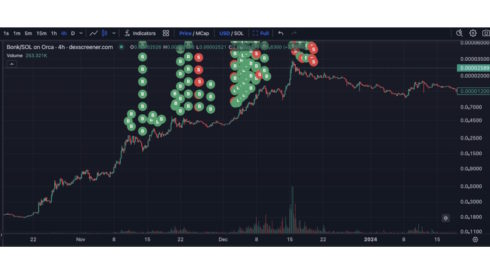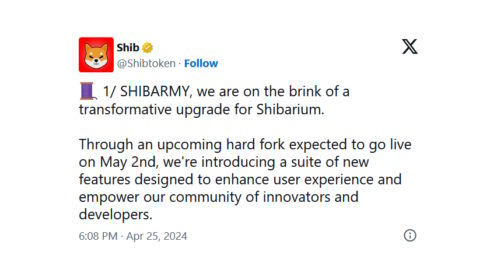The Seoul Metropolitan Government (SMG) is using blockchain and the Internet of Things (IoT) to monitor buildings that could be at risk of decaying.
The project kicks off with 46 buildings for test operation in December and the system will be applied to 824 buildings in the South Korean capital from 2022 that are more than 30 years old or designated as facilities prone to disasters.
Warning signals
The blockchain-based Safety Check-up Platform for Risky Structures will use IoT sensors attached to buildings to monitor and send warning signals when potential risks are detected.
So far, officials have had to visit the buildings for on-site inspections but SMG wants to switch current safety inspections from in-person to digital. For example, IoT sensors attached to the wall will measure the slope and cracks in a building and blockchain networks will save and analyse the data to prove the accuracy of such information and abnormal changes to a structure.
If potential risks are detected, safety alert text messages are sent to the district office and the building owner so that they can take preventive measures. The SMG, the autonomous district office, and the owners can monitor the current status and other data 24/7 via computers and smartphones.
The objective data is also expected to allow the city government to determine the cause of safety accidents and settle conflicts related to incidents as well as establish better safety management measures.
The focus will be on hazardous buildings designated and managed by the municipality, dilapidated buildings built more than three decades ago, and slopes near housing. As of May 2021, there are 120 hazardous buildings, 598 small dilapidated buildings, and 106 slopes near housing.
“By applying leading technologies in managing the safety of buildings, the SMG will shape a reliable architectural administration for our citizens,” said Kim Seong-Bo, deputy mayor of housing and architecture headquarters of Seoul. “As a result, we will improve the predictability of safety management for private buildings, and thus prevent numerous kinds of safety accidents.”
Source: smartcitiesworld.net
Source: IOT NETWORK NEWS





